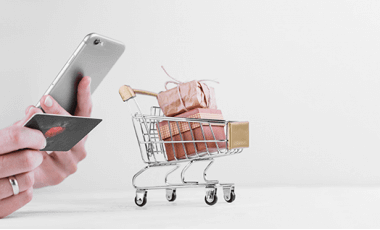






Thermoplastic elastomer is a type of polymer that consists of a mix of plastic and rubber materials cross-linked together on a molecular level.
There are various kinds of TPEs in the market, namely: thermoplastic vulcanizate (TPV) or polyurethane thermoplastic elastomer (TPU). Typically, conventional rubbers will be deformed and unusable after melting. However, using TPE can avoid this limitation since they are easily melted down, reprocessed and/or remoulded.
TPEs show advantages typical of both rubbery materials and plastic materials. They allow manufacturers the freedom to design and fabricate without much constraints, an advantage that conventional rubber does not offer. It is able to stretch to moderate lengths and return to its near original shape. Thus, creating a longer life and offering better physical properties than rubber.
Silicone is most widely used by menstrual cup manufacturers. However, there has been an increasing trend of menstrual cups being made with medical grade TPE instead. While both are a good option, TPE is able to achieve something that silicone cannot. TPE menstrual cups have the unique ability to warm with your body temperature to create a more custom fit by moulding to your vaginal shape. This is why some people notice that their cups come out a bit more oval shaped than it went in. While a silicone cup still makes a seal against the vaginal wall, it does so more by creating even pressure all along the rim of the cup. TPE, however, still has a firmness to create pressure, will warm up inside the body and conform to the user’s shape. This increases the comfort level for some users.
Additionally, TPE has less reported incidences of causing an allergic reaction as compared to silicone. TPE also has less risk of toxic shock syndrome than silicone (though the risk is already brought to a minimal with a cup). TPE is also more easily reused, helping to create less waste during manufacturing.
Interested in using TPE Thermoplastic Elastomer for other applications? Contact us now through our live chat for a free sample!